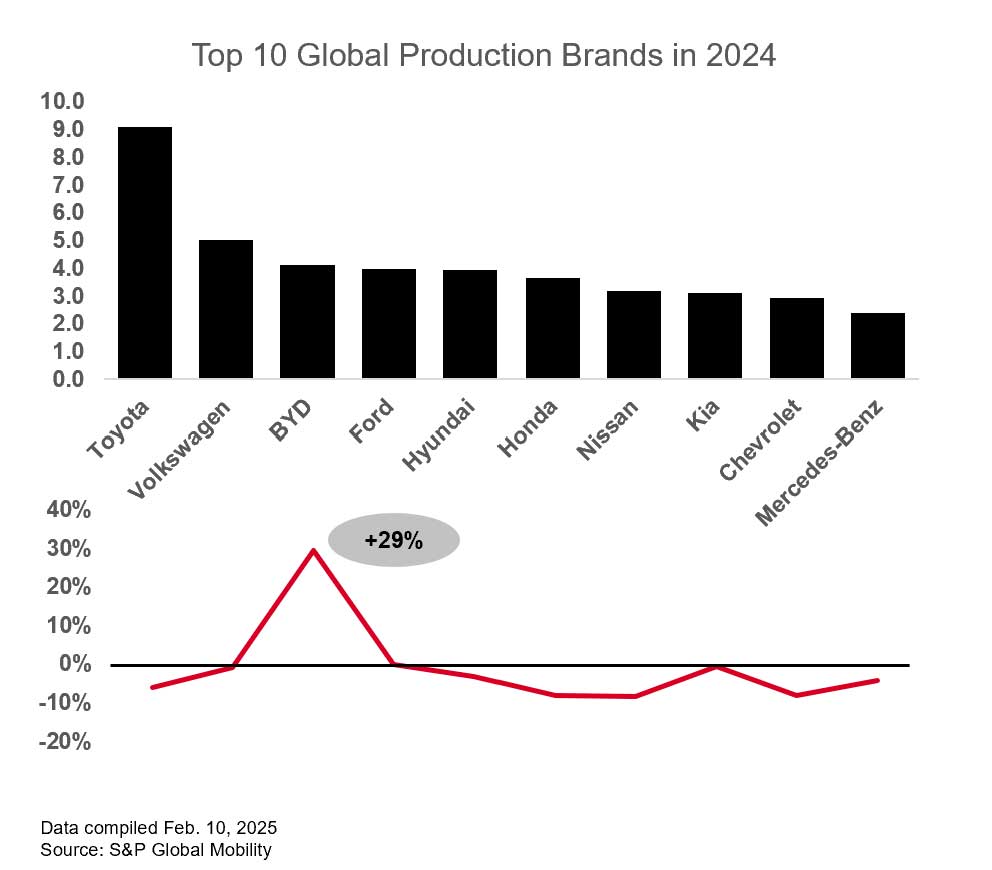BYD’s exhibition hall occupies two floors, and the staff gave us a detailed introduction (in fluent English) to BYD’s 30-year development history and major technological breakthroughs, including blade batteries, the DM-i super hybrid system, their e-platform, Yi Sifang and Yun Nian, and so much more.

On 18 November 1994, Wang Chuanfu gathered a team of 20 people and founded BYD in Buji Town, Longgang District, Shenzhen. The formal founding date was 10 February 1995 as Shenzhen BYD Battery Company Limited, with a focus on rechargeable nickel–cadmium (NiCd) batteries.
BYD comprise four business units: Electronics, Auto, Renewable Energy, and Rail Transit. The rail transit is purely electric, including the BYD Cloud Rail; the BYD headquarters has also a cloud rail service, so that employees can take the shuttle between the buildings.


In 2024, BYD was the № 2 electric vehicle battery producer (after CATL), producing 17.2 per cent of the world’s EV batteries. As of September 2024, BYD employs 900,608 people, of whom 104,003 work in R&D.
BYD Group’s revenue has evolved like a skyrocket: from 0 in 1995 to $83bn in 2023:

BYD’s largest subsidiary, BYD Auto, was founded in 2003. In 2022 they stopped ICE vehicle production to focus on PHEV and BEV cars.
BYD Auto are ranked the № 3 automaker in 2024 by S&P with 29-per-cent growth, while all the other top-10 OEM brands were stable or had decreasing revenues:

BYD make five car marques: BYD Dynasty, BYD Ocean, Fangchengbao, Denza, and Yangwang.


There are BYD Auto plants in China, Brazil, Thailand, and one is in the works for Hungary (for Europe in 2025). BYD’s vertical integration is unique and quite striking, for the company as a whole and for vehicle lighting. Their 13th Division Lamp Factory is responsible for development and production of lamps, and BYD Semiconductor is responsible for the production of semiconductors, including LEDs.
To read more, you need to log in as a DVN Lighting member.
Not a DVN member yet? Contact us now to join the DVN Community!
